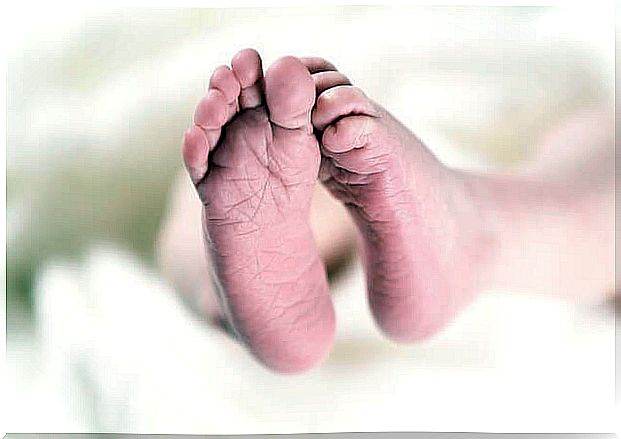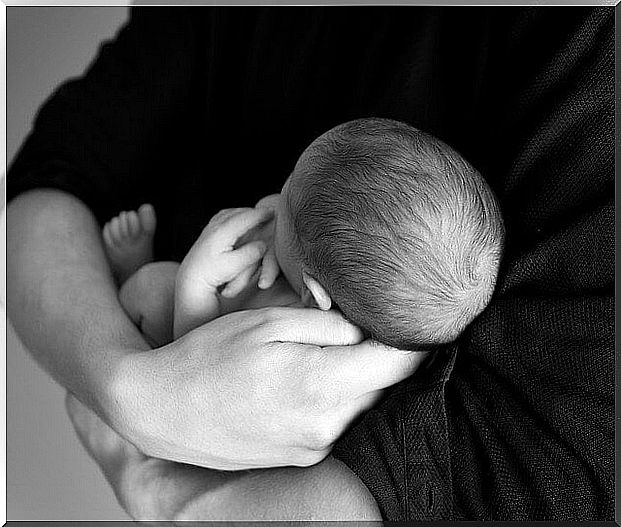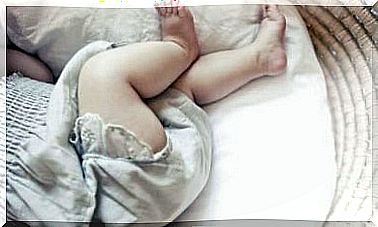The Heel Test In Babies

After the expected birth of our baby, a series of analyzes is usually carried out. These are part of the routine of specialists when giving birth in a health center. Among the studies that have a preventive nature and that have the objective of ruling out some diseases at the time of birth is the heel test.
This test, also called neonatal screening, is performed between 24 and 72 hours after birth. Its purpose is to rule out metabolic diseases that usually affect the development of vital organs.
How is the heel test performed?
To perform the heel test, the doctor makes a puncture in the baby’s heel that will allow a blood sample to be taken with a lancet. After the puncture, the area is pressed a little to achieve greater blood irrigation and thus be able to take the sample more easily.

Later, this blood is sent to the laboratory that will be in charge of determining if the newborn has any disease. Keep in mind that it is an examination that is taken superficially.
With the heel test, more than 19 congenital pathologies can be detected in the newborn
One of the advantages is that most of the time doctors do it while you are in the clinic (before the mother and baby are discharged). So sometimes, not even the parents are present at that time, it is just a routine exam.
Also, the baby does not need any special preparation, he will feel a little pain, which will pass quickly. In the event that a bruise develops in the area, an effective solution is to place cold compresses at times.
Importance of the heel test
Although it is not possible to prevent congenital and metabolic pathologies, their early diagnosis will make a difference in the life of the child, as well as for the family environment. By allowing them to be treated causing the least type of risk possible as it develops.
This test allows to rule out metabolic diseases and that specialists can make timely diagnoses that can change the life of a baby
The test, also known as natal cryobathing, is preventive in nature and aims to detect diseases such as:
- Phenylketonuria, which is a genetic disorder that causes neurological problems
- Hypothyroidism, the condition of the thyroid glands, causing insufficient production of thyroid hormone
- Cystic fibrosis, a malfunction of the endocrine glands and resulting in lung and pancreas problems
- Metabolic disorders
- Genetic disorders

Likewise, some of the consequences of not receiving timely treatment after the heel test are:
- Alterations in brain development in babies
- Organ problems such as the heart, liver and kidneys, among others
- Problems for its correct feeding
- Mental retardation
- And in many cases until the death of the little one
Quality of life for our baby
For this reason, we must not miss any exam that may help us avoid greater consequences. We must remember that prevention is our greatest ally during the baby’s growth.
In cases where the results are positive, the specialist should be asked to repeat the test. This to verify that it is not a false positive.
Other tests that are performed routinely during the first days of the baby’s birth are: blood tests, audiometry and evaluations of congenital heart disease, among others.
The most important thing for parents to keep in mind is that submitting the newborn to these tests is not synonymous with the fact that he or she is ill or that the doctors suspect the presence of something wrong. Rather, it is part of an established protocol to rule out any disease in time.
And it is that when mothers are presented with this type of situation, they usually distress us a lot, but it is necessary to remain calm and seek the advice of the doctors who are responsible for indicating treatment. The purpose is that the baby can develop in a healthy way and that both mom and dad feel safe about that when they return home with the baby.









